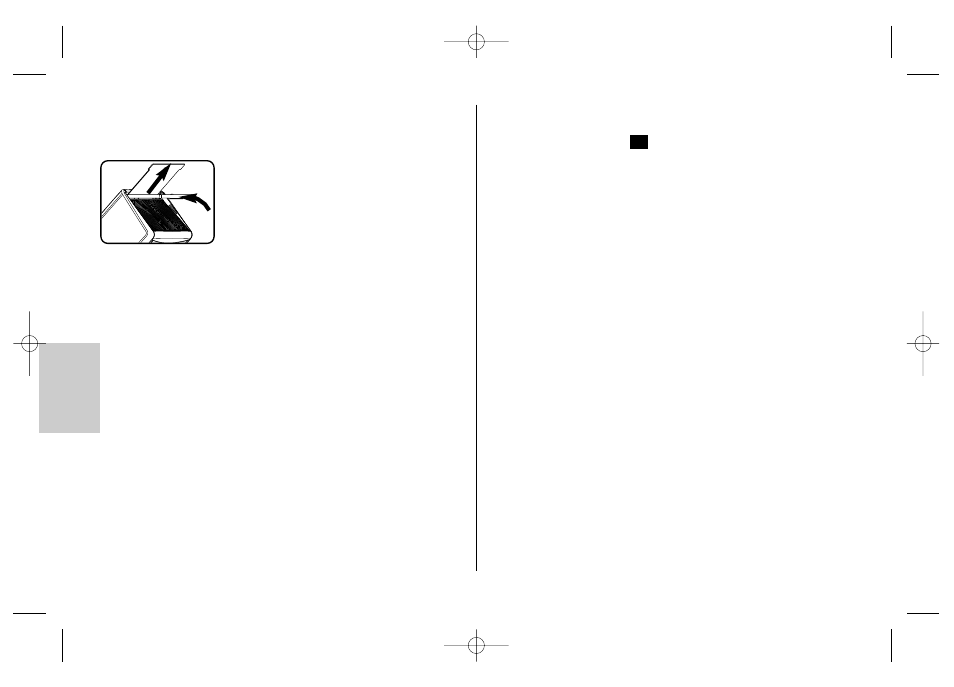Metz MECABLITZ 50 AF-1 digital Canon User Manual
Page 100

100
ķ
10.2 Bounce flash with a reflector card
The use of bounce flash with the integrated reflector card
ቨ can bring out high-
lights in the eyes of human subjects:
• Tilt the reflector head upwards by 90°.
• Pull the reflector card
ቨ together with the wide-
angle diffuser from above out of the reflector head
and forwards.
• Hold the reflector card
ቨ and push the wide-angle
diffuser
ቩ back into the reflector head.
10.3 Close-ups / macro shots
In close-ups and macro shots, parallax error between the flash unit and lens
may result in shadows on the lower edge of the image. To compensate for this,
the main reflector
ቫ can be tilted downwards by an angle of -7°. To do this,
depress the reflector unlocking button
ቧ and tilt the reflector downward.
Certain minimum lighting distances must be maintained for close-up shots to
avoid over-exposure.
The minimum lighting distance is approximately 10% of the maximum
flash range indicated in the display. When the reflector head is tilted
downwards, the maximum flash range flashes as an indication. For
close-up shots, make sure that the flash light is not shaded by the lens!
☞
10.4 Flash exposure memory FE
Several cameras feature a flash exposure memory (FE; Flash-Exposure). The
flash unit supports this during E
flash mode
It can be used to define and store the exposure level for the subsequent shot
before the shot is actually taken. This can be useful when, for example, the flash
exposure has to be adjusted to specific details that may not be necessarily be
identical with the main subject.
This function is activated on the camera. The subject details for the flash exposu-
re are measured and brought into focus by the cameraís AF sensor/metering
window. Pressing the cameraís FE button (the description varies from camera to
camera; see camera operating manual) causes the flash unit to fire an FE test
flash.
The stored metering value, for example „EL“, is then displayed in the camera
viewfinder. The camera uses the reflected light of the test flash to determine the
light output required for the subsequent exposure.
The actual main subject can then be brought into focus with the camera’s AF
sensor/metering window. When the shutter release is pressed, the picture will
be exposed with the previously defined light output of the flash unit!
The flash exposure memory FE is not supported during the green fully-
automatic programme, the Vari programme and the subject program-
mes! Further details regarding settings and handling can be found in the
camera operating manual!
☞
TTL
709 47 0175.A2 50 AF-1 C 26.08.2010 15:53 Uhr Seite 100